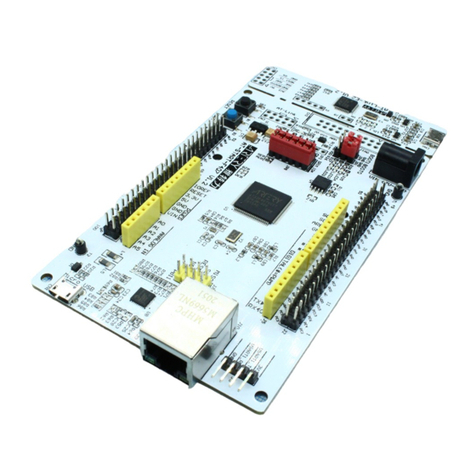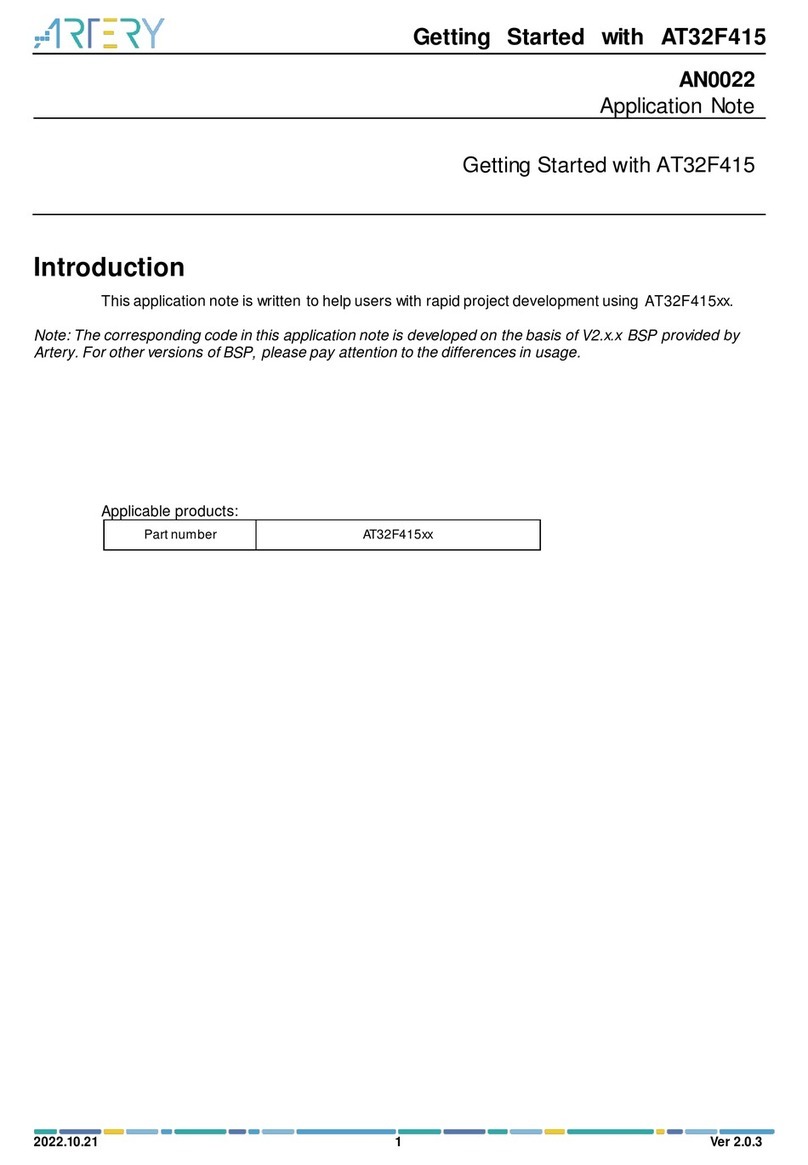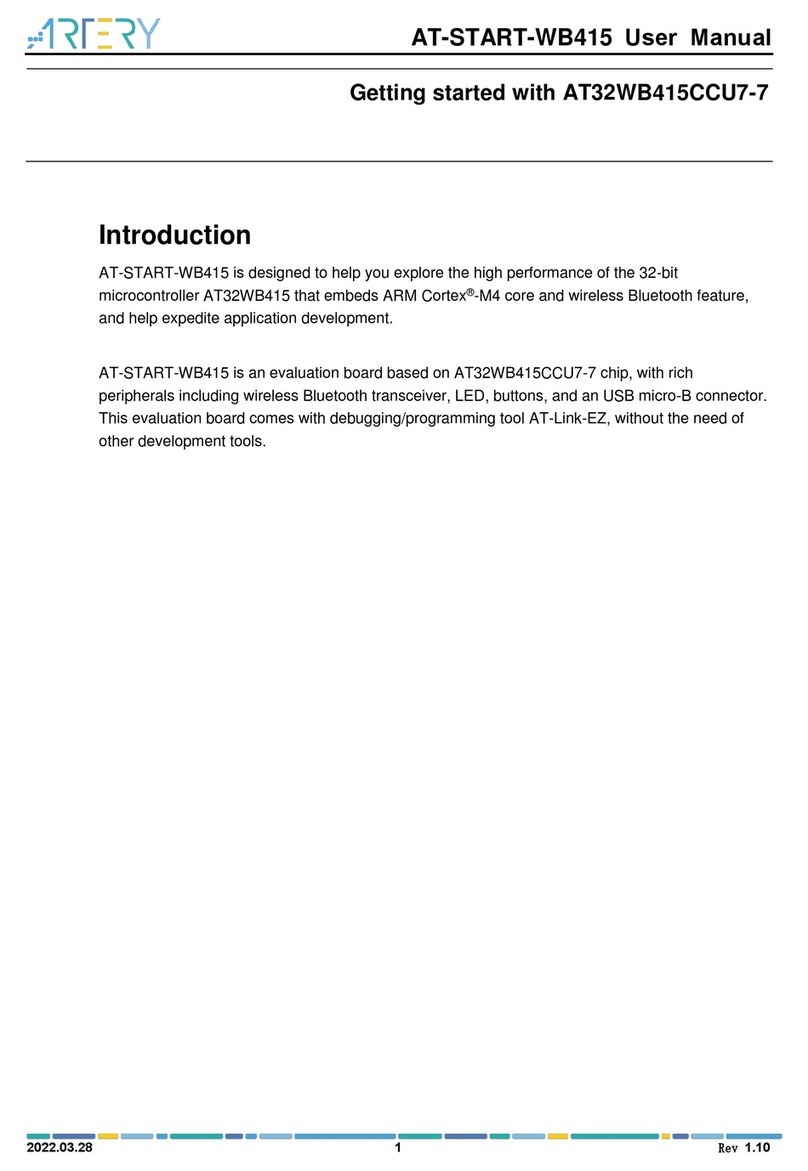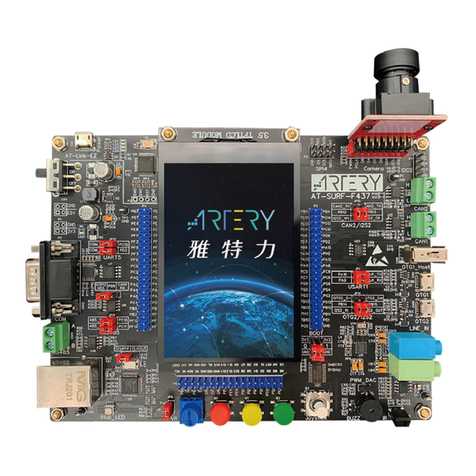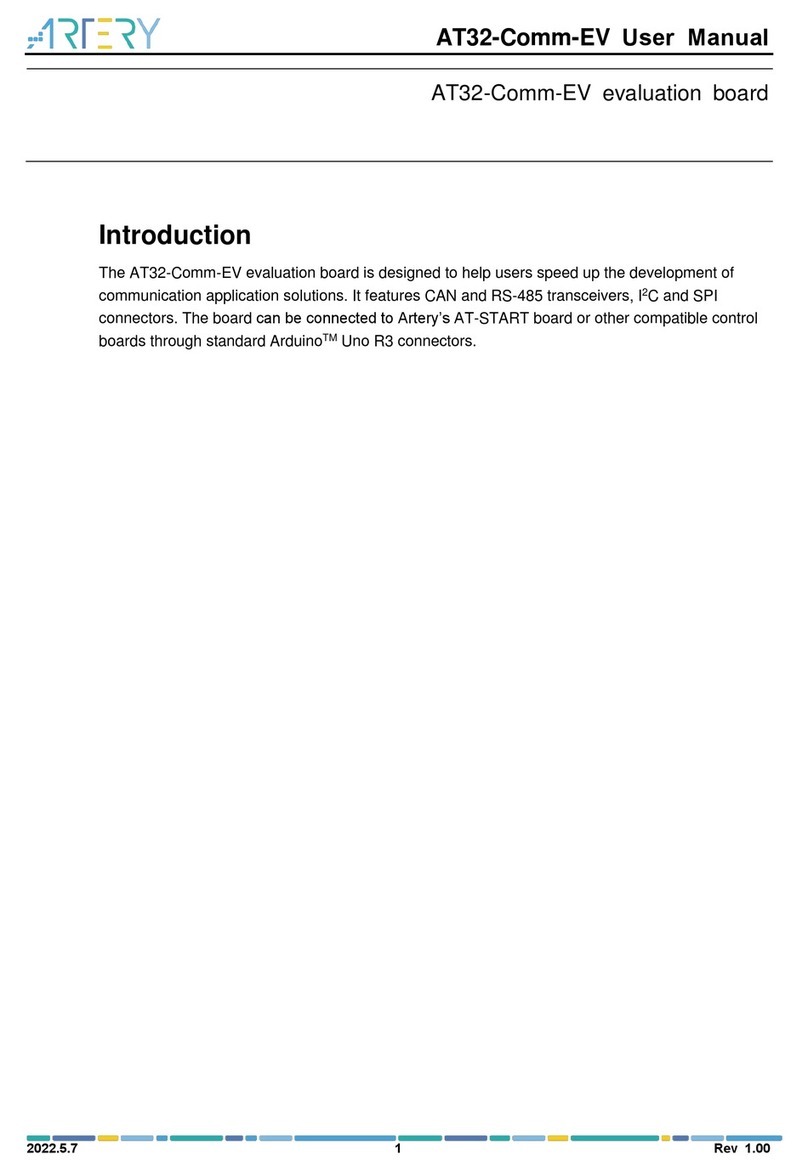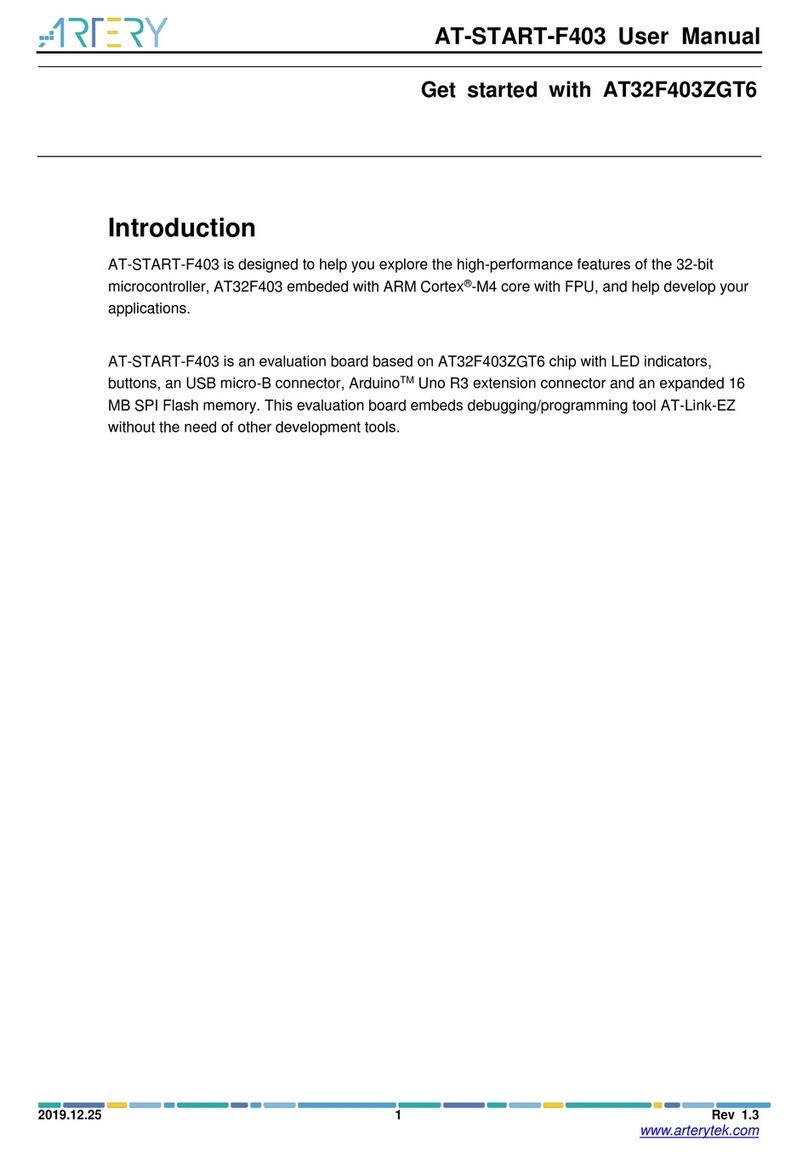
Low Voltage Motor Control Development Board
2022.12.01 2 Ver 2.0.2
Contents
1Board description............................................................................................6
2Software and hardware requirements .............................................................7
3Getting started ................................................................................................8
4Hardware configuration...................................................................................9
4.1 System architecture ..........................................................................................................9
4.2 Jumper and connector location......................................................................................10
4.3 Jumper settings...............................................................................................................11
4.4 Connectors.......................................................................................................................11
4.4.1 CN1 .......................................................................................................................11
4.4.2 CN2 .......................................................................................................................12
4.4.3 CN3 .......................................................................................................................12
4.4.4 CN4 .......................................................................................................................12
4.4.5 CN5 .......................................................................................................................13
4.4.6 CN6 .......................................................................................................................13
4.4.7 Pin header connectors...........................................................................................13
4.5 Test points........................................................................................................................14
5Hardware circuit ............................................................................................16
5.1 Incremental encoder circuit ............................................................................................17
5.2 Hall sensor circuit............................................................................................................17
5.3 Current sensing circuit....................................................................................................18
5.3.1 Phase current sensing circuit.................................................................................18
5.3.2 DC bus current sensing circuit...............................................................................18
5.4 OCP sensing circuit.........................................................................................................19
5.4.1 Three-phase OCP sensing circuit...........................................................................19
5.4.2 Bus OCP sensing circuit........................................................................................19
5.5 Bus voltage sensing circuit.............................................................................................20
5.6 Three-phase output voltage sensing circuit..................................................................20
5.7 Power stage circuit..........................................................................................................22
